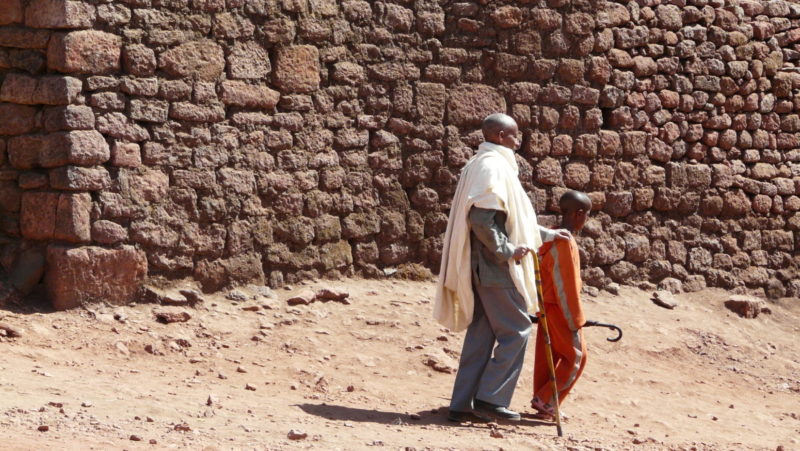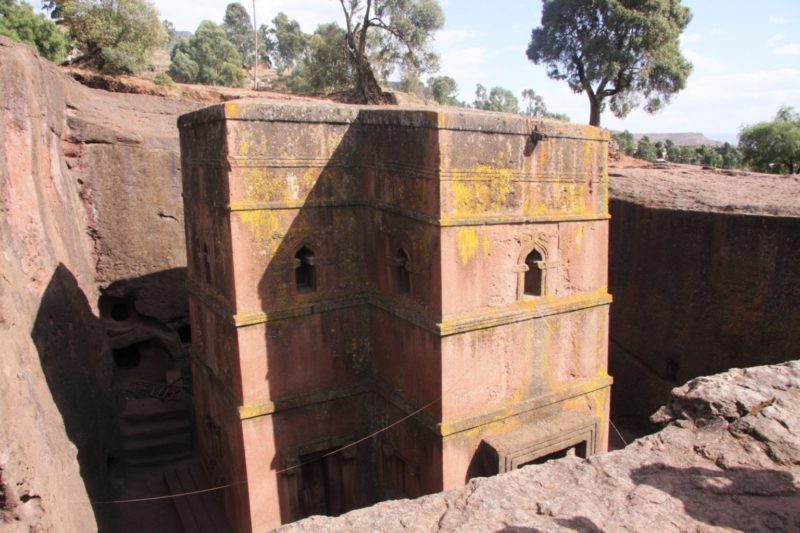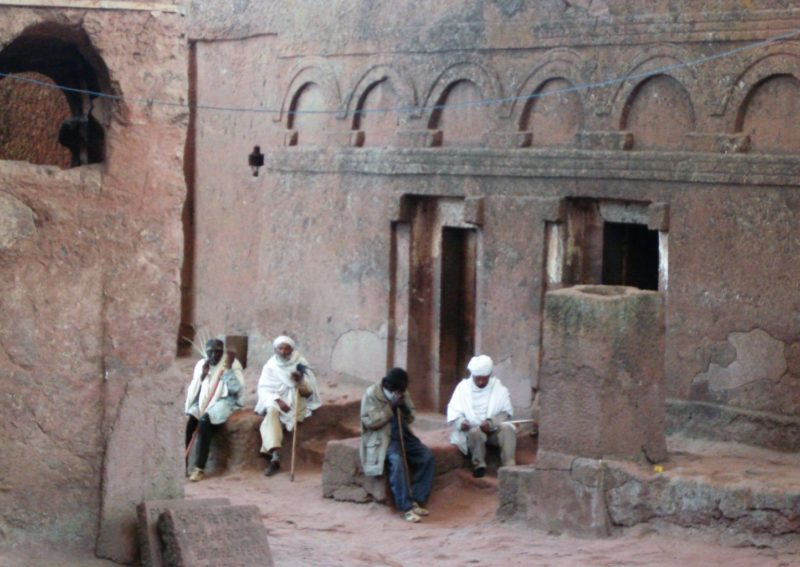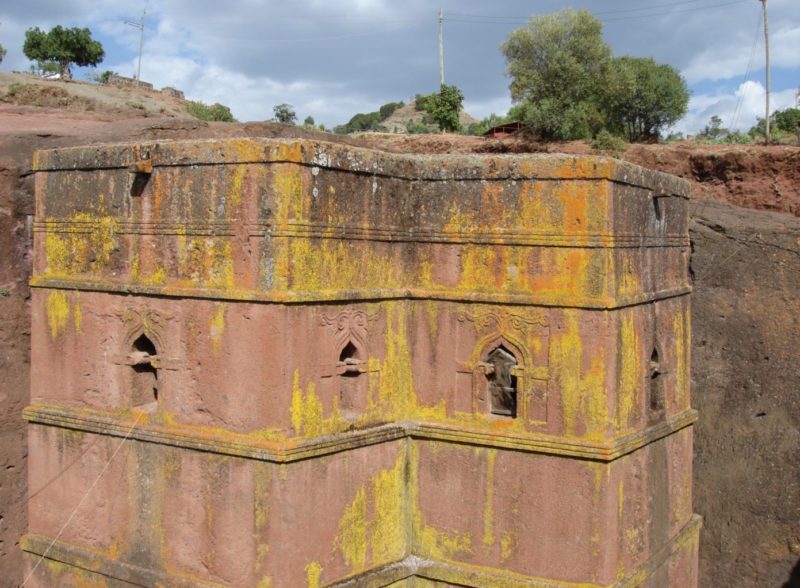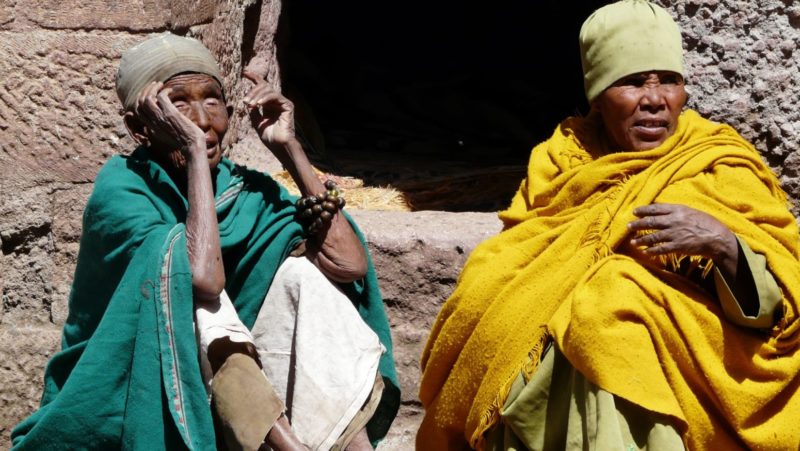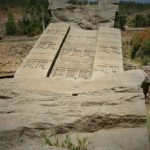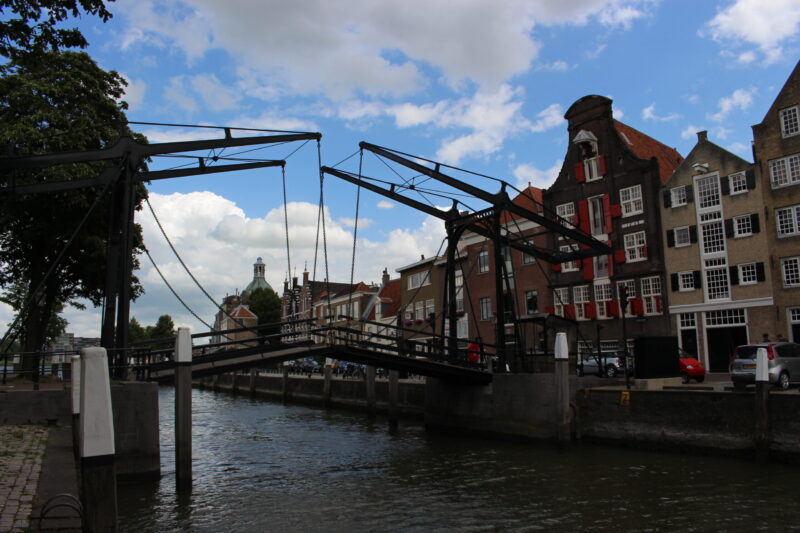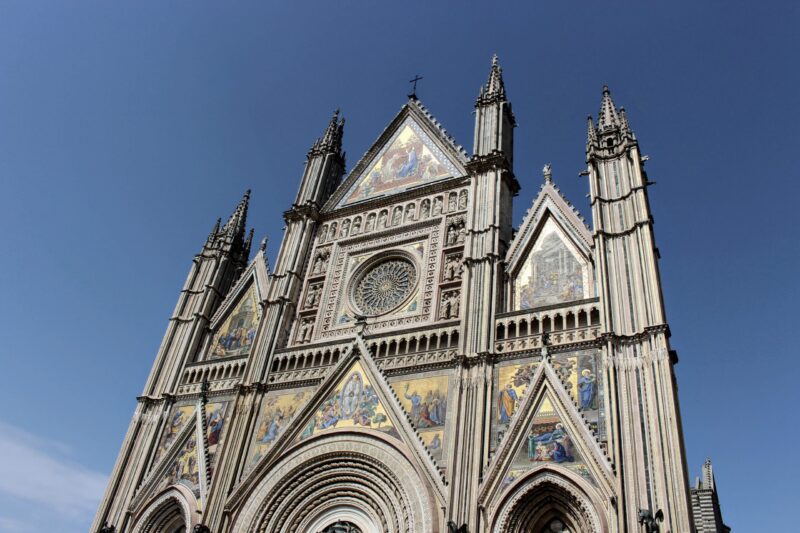To describe that Lalibela is a magical place is an understatement. It’s beyond magic. It is a place one has to visit in order to feel it’s uniqueness. Once you are there, you are immediately transferred several centuries back into the times where pilgrims travelled from far and with great effort to finally arrive after several weeks or months to the holy place of which they were dreaming the whole life. You can finally understand and feel how it was in the medieval times when pilgrims filled the routes of Europe and created road networks like the one to Santiago de Compostela.
